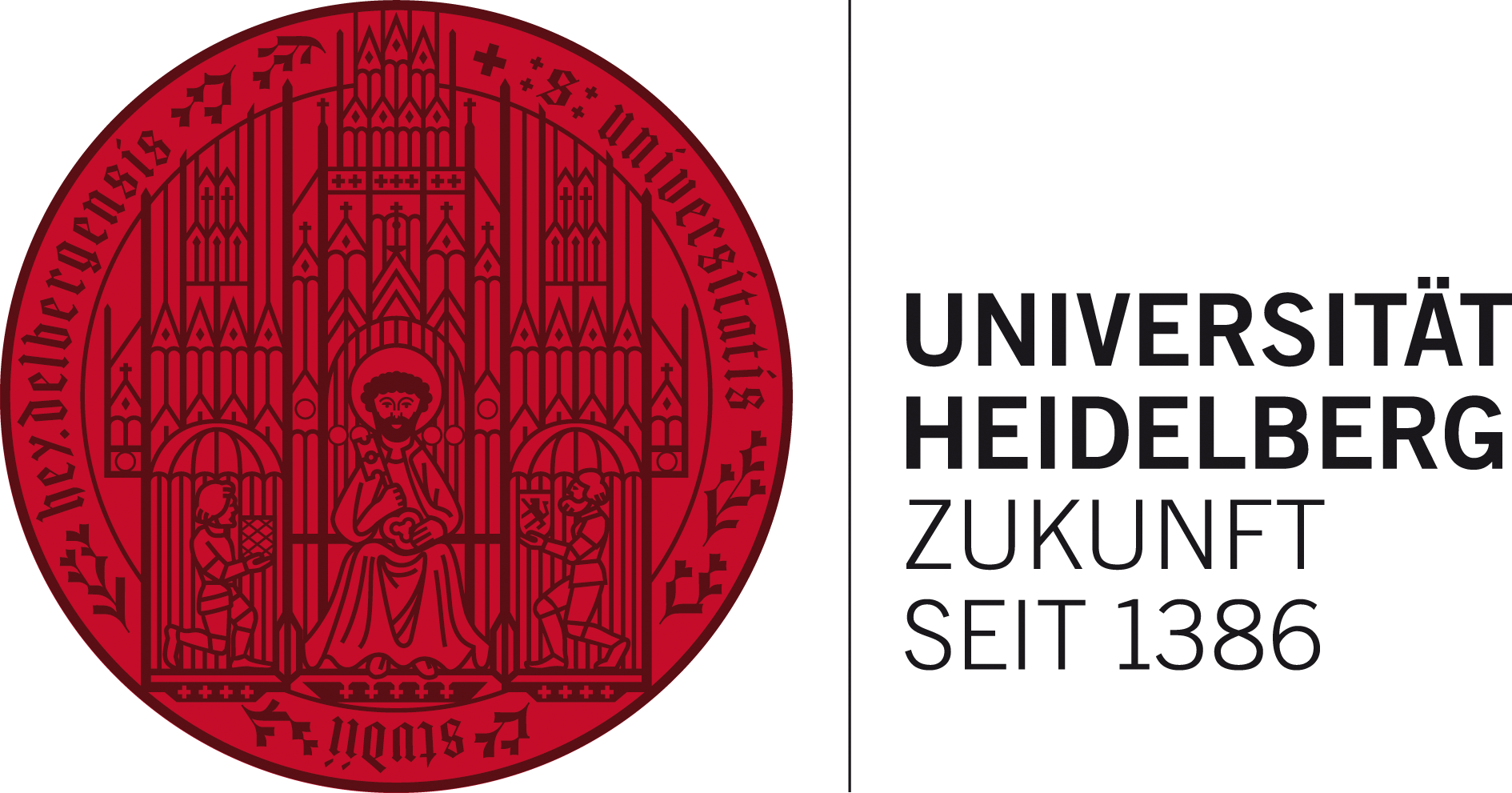Bonus: Working with APIs#
Apparently the best Pizza place in New York Lombardi’s pizza. Let’s assume you want to find a hotel with is as close as possible to this place.
lombardi_pizza_coords = (40.7215577, -73.9956097)
Exercise 3.1: Create an interactive map showing all hotels and the Lombardi’s pizza.
Exercise 3.2: Calculate the distance in meters between Lomabardi’s pizza and each hotel. Don’t forget to reproject the dataframe into a suitable coordinate references system.
Exercise 3.3: Create an interactive map which shows the points colored by the distance to the pizza place.
Calculate distance using openrouteservice#
The euclidean distance is not always a good estimate for the real distance. So we will use the openrouteservice API to calculate the real routes.
Preparation#
Install openrouteservice-py in your environment using
pip install openrouteservice.Create an account at https://openrouteservice.org/dev/#/login and generate a token/API key. Paste the API key below
api_key = ''
Example#
Here’s an example of how to generate a route by sending a request to the openrouteservice API.
from openrouteservice import Client
---------------------------------------------------------------------------
ModuleNotFoundError Traceback (most recent call last)
Cell In[3], line 1
----> 1 from openrouteservice import Client
ModuleNotFoundError: No module named 'openrouteservice'
client = Client(key=api_key)
start_coords = (-73.9684581756592, 40.75580720140376)
destination_coords = (-73.9956097, 40.7215577)
response = client.directions([start_coords, destination_coords],
profile='foot-walking',
instructions=False,
format='geojson')
Convert response to geodataframe
route_df = gpd.GeoDataFrame.from_features(response, crs='epsg:4326')
Plot route in interactive map
route_df.explore()
Routes between Pizza and hotels#
To reduce the amount of request to the openrouteservice API, we will only look at hotels within 4km distance of the pizza place.
Exercise: Select all hotels which are in 3 km euclidean distance of the pizza place.
Iterate over each row in the hotels dataframe and calculate the route between the hotel and the pizza place.
selected_hotels =
Exercise: Iterate over the hotels geodataframe and calculate the route between each of the selected hotels and the pizza place. This includes:
Store all routes in one
GeoDataFrame.Extract the distance from the openrouteservice response and store it in a new column called
distance_orsin theselected_hotelsdataframe.
Calculate the difference between the euclidean distance and the ors distance
Plot everything on a nicely styled interactive map.
Find the nearest pizza place of each hotel#
This is an example of how to download data from OSM using the ohsome API.
from ohsome import OhsomeClient
ohsome_client = OhsomeClient()
Send request to ohsome API (see API endpoints and documentation).
ohsome_response = ohsome_client.elements.geometry.post(filter='cuisine=pizza',
properties='tags',
bboxes=[-74.01722, 40.69631, -73.98163, 40.7473])
Convert to geopandas dataframe
pizza_df = ohsome_response.as_dataframe()
pizza_df.explore()
Now find the nearest pizza place for each hotel.
More on Pandas and vectorization#
Watch this talk by Sofia Heisler’s repository PyCon 2017: Optimizing Pandas Code for Performance to get a more indepth look into vecotrized computation using pandas.
→ Watch her talk on YouTube I really recommend it (especially if you like panda GIFs)
→ Read her blog post
GeoPandas is great, and now even fast!#
Geopandas make spatial analysis in Python a lot easier, but it used to have a bottleneck: geometric opertions are performed using shapely, which - as we have seen - is not the fastest, since it is performed in Python. In addition, operations along a series of shapely objects cannot be vectorized in Python.
But the GeoPandas developers also found a solution for this problem: Yet another package - PyGEOS. The PyGEOS packages allows vectorized geometric calculations based on the C library GEOS. In 2023, PyGEOS was merged with shapely in version 2.0. So now shapely and therefore also geopandas can perform vectorized geospatial operations.
–> FOSS4G Talk: State of GeoPandas and friends Unfortunately the presentation is not online, but here is a similar one.
Watch conference talks on YouTube or do tutorials on GitHub, they are a great way to stay up-to-date with current developments in the scientific Python world and great resource to learn
